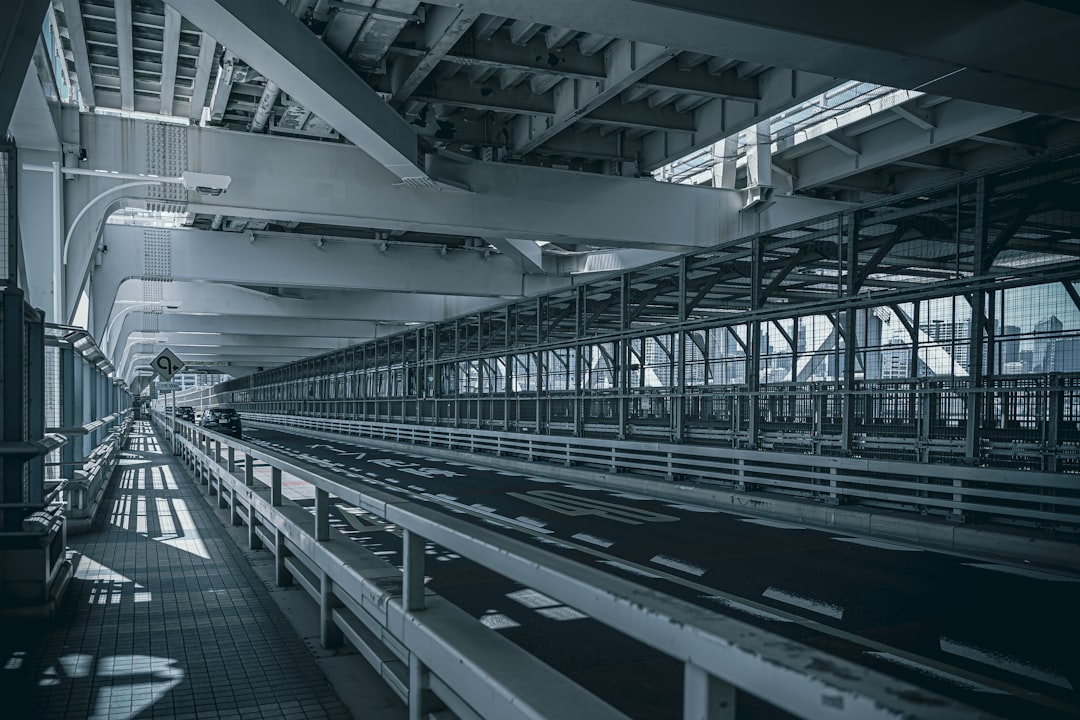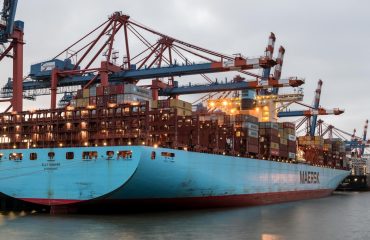The steel industry, a cornerstone of global infrastructure and manufacturing, is constantly evolving. Understanding the current sector news and prevailing trends is crucial for businesses, investors, and policymakers alike. This in-depth analysis explores the key factors shaping the steel landscape, offering insights into its dynamic nature and future trajectory.
Price Volatility and Market Fluctuations
Steel prices are notoriously volatile, influenced by a complex interplay of supply and demand, raw material costs (primarily iron ore and coking coal), and global economic conditions. Recent news highlights significant price swings, often driven by factors such as unexpected production disruptions (e.g., mill closures due to maintenance or unforeseen events), changes in government policies (including tariffs and trade agreements), and fluctuating energy prices. For example, the recent surge in energy costs has significantly impacted production costs, leading to price increases. Conversely, periods of economic slowdown can dampen demand, resulting in price decreases. Analyzing historical price data and understanding the underlying economic factors are critical for predicting future price movements and mitigating risks.
Global Production Capacity and Expansion
Global steel production capacity is constantly expanding, primarily driven by increasing demand from emerging economies, particularly in Asia. However, this expansion isn’t uniform. Some regions are witnessing significant capacity additions through new greenfield projects and upgrades to existing facilities, while others are facing capacity constraints due to various factors, including environmental regulations and limitations on raw material availability. News from major steel-producing countries often highlights these capacity changes. For instance, China, the world’s largest steel producer, has implemented policies aimed at controlling overcapacity while simultaneously investing in modernizing its steel industry. Understanding these global capacity trends is key to assessing future supply availability and its impact on price dynamics.
Sustainability and Environmental Concerns
The steel industry is a significant contributor to global carbon emissions. Increasingly, environmental concerns are driving significant changes within the sector. News stories frequently feature the industry’s efforts to reduce its carbon footprint through various initiatives, including the adoption of more efficient production technologies, the use of alternative raw materials (such as scrap steel), and the development of carbon capture and storage (CCS) technologies. Pressure from investors, consumers, and regulators is pushing steel producers to embrace sustainable practices. The transition to a more sustainable steel industry is a long-term process, but the current news reveals a growing commitment to reducing emissions and improving environmental performance.
Technological Advancements and Automation
Technological advancements are revolutionizing the steel industry, driving improvements in efficiency, productivity, and product quality. Automation is becoming increasingly prevalent, with robotic systems and advanced control technologies being implemented across various stages of the steelmaking process. News often highlights the adoption of artificial intelligence (AI) and machine learning (ML) to optimize production processes, predict equipment failures, and improve quality control. These technological advancements are not only enhancing efficiency but also enabling the production of higher-quality steel products with improved properties. Companies that embrace these technologies are likely to gain a competitive edge in the market.
Geopolitical Influences and Trade Dynamics
Geopolitical events and trade policies significantly impact the steel industry. Trade disputes, sanctions, and tariffs can disrupt supply chains, influence steel prices, and reshape global trade patterns. News related to international trade agreements, geopolitical tensions, and government regulations often has a direct bearing on the steel sector. For example, changes in trade relations between major steel-producing and consuming countries can lead to shifts in steel imports and exports, affecting prices and market share. Understanding the geopolitical landscape and its potential impact on trade flows is essential for navigating the complexities of the global steel market.
The steel industry is a dynamic and complex sector, constantly adapting to changing market conditions, technological advancements, and geopolitical influences. By closely monitoring sector news and understanding the prevailing trends discussed above, stakeholders can make informed decisions and navigate the challenges and opportunities that lie ahead.
SEO-Friendly Tags:
- Steel Industry News
- Steel Market Trends
- Steel Price Analysis
- Steel Production Capacity
- Sustainable Steel




